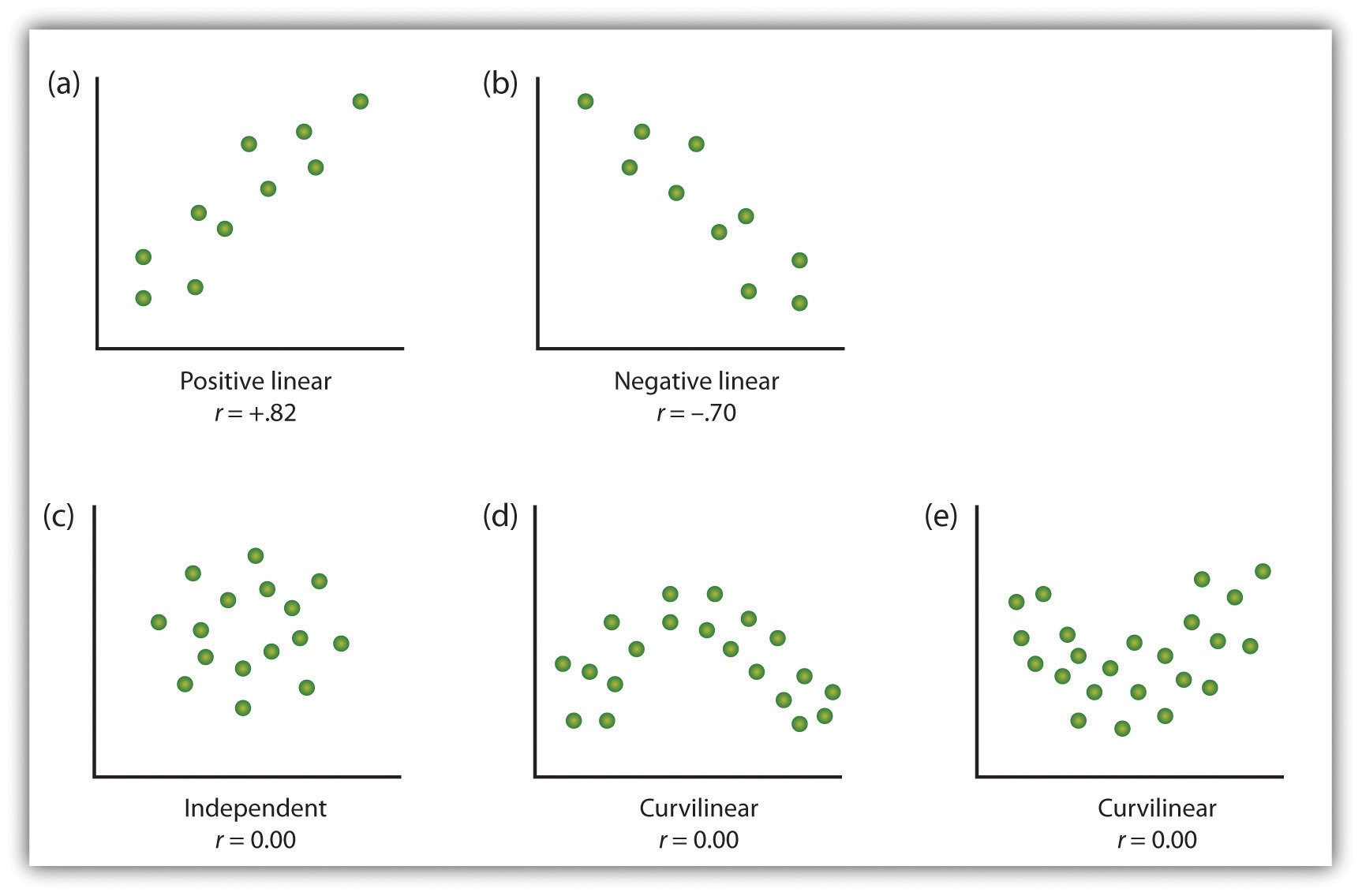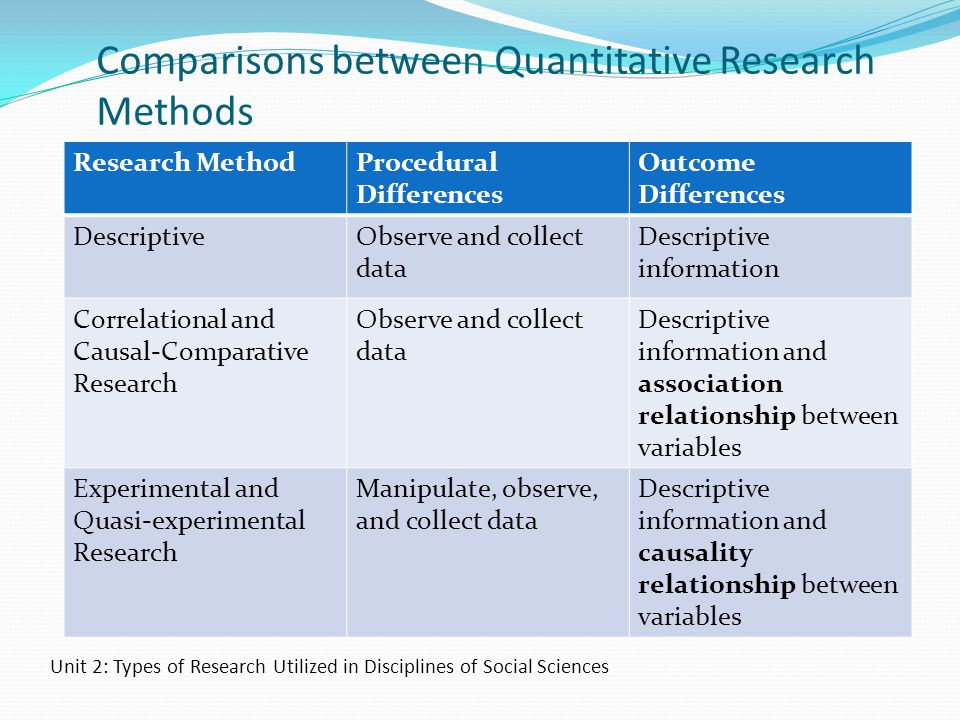Table Of Content

Decide which variable goes on each axis and then simply put a cross at the point where the two values coincide. Saul Mcleod, PhD., is a qualified psychology teacher with over 18 years of experience in further and higher education. He has been published in peer-reviewed journals, including the Journal of Clinical Psychology. Naturalistic observation has revealed that bowlers tend to smile when they turn away from the pins and toward their companions, suggesting that smiling is not purely an expression of happiness but also a form of social communication. There are some advantages of using correlational research, but there are also some downsides to consider.
To Investigate Variables Without Manipulating Them

Nielsen, Halamka, and Kinkel (2012) conducted a case-control study to evaluate whether there was an association between active Internet patient portal use by Multiple Sclerosis (ms) patients and medical resource utilization. Linder, Schnipper, and Middleton (2012) conducted a cross-sectional study to examine the association between the type of ehr documentation used by physicians and the quality of care provided. A judgment on part of the observers by clearly defining a set of target behaviours. This information can then be used to generate hypotheses and guide further research aimed at establishing causality.
Psychology Research Methods
The observers committed this list to memory and then practised by coding the reactions of bowlers who had been videotaped. During the actual study, the observers spoke into an audio recorder, describing the reactions they observed. Among the most interesting results of this study was that bowlers rarely smiled while they still faced the pins. They were much more likely to smile after they turned toward their companions, suggesting that smiling is not purely an expression of happiness but also a form of social communication.
IV. Chapter 4: Psychological Measurement
A cross-sectional survey is a type of cross-sectional study where the data source is drawn from postal questionnaires and interviews. In this chapter we describe the basic types of correlational studies seen in the eHealth literature and their methodological considerations. For example, there is zero correlation between a person’s shoe size and their IQ score. Similarly, there is zero correlation between a person’s height and their favorite color. An approach to data collection that involves observing people’s behaviour in the environment in which it typically occurs. A statistical technique that organizes the variables into a smaller number of clusters, such that they are strongly correlated within each cluster but weakly correlated between clusters.
What are the main problems with correlational research?
Correlation Studies in Psychology Research - Verywell Mind
Correlation Studies in Psychology Research.
Posted: Thu, 04 May 2023 07:00:00 GMT [source]
They found that neither religiosity nor ethnicity was correlated with generosity and were therefore able to rule them out as third variables. This does not prove that SES causes greater generosity because there could still be other third variables that the researchers did not measure. But by ruling out some of the most plausible third variables, the researchers made a stronger case for SES as the cause of the greater generosity. Or it could be that people who are lower in SES tend to come from ethnic groups that emphasize generosity more than other ethnic groups. As greater controls are added to experiments, internal validity is increased but often at the expense of external validity.
Archival Research

Finally, extending upon this trade-off between internal and external validity, correlational research can help to provide converging evidence for a theory. If a theory is supported by a true experiment that is high in internal validity as well as by a correlational study that is high in external validity then the researchers can have more confidence in the validity of their theory. These converging results provide strong evidence that there is a real relationship (indeed a causal relationship) between watching violent television and aggressive behavior. Two variables, X and Y, can be statistically related because X causes Y or because Y causes X.
Correlational Studies With Factorial Designs
In correlational research, there’s limited or no researcher control over extraneous variables. Even if you statistically control for some potential confounders, there may still be other hidden variables that disguise the relationship between your study variables. A correlational research design investigates relationships between variables without the researcher controlling or manipulating any of them. To determine why the relationship exists, researchers would need to consider and experiment with other variables, such as the subject's social relationships, cognitive abilities, personality, and socioeconomic status. While correlational research can demonstrate a relationship between variables, it cannot prove that changing one variable will change another. In other words, correlational studies cannot prove cause-and-effect relationships.
For example, a main effect of participants’ moods on their willingness to have unprotected sex might be caused by any other variable that happens to be correlated with their moods. The advantage of multiple regression is that it can show whether an independent variable makes a contribution to a dependent variable over and above the contributions made by other independent variables. As a hypothetical example, imagine that a researcher wants to know how the independent variables of income and health relate to the dependent variable of happiness. Thus if people with greater incomes tend to be happier, then perhaps this is only because they tend to be healthier. Likewise, if people who are healthier tend to be happier, perhaps this is only because they tend to make more money. But a multiple regression analysis including both income and happiness as independent variables would show whether each one makes a contribution to happiness when the other is taken into account.
Does Correlational Research Always Involve Quantitative Variables?
Figure 6.3 Scatterplot Showing a Hypothetical Positive Relationship Between Stress and Number of Physical Symptoms. The circled point represents a person whose stress score was 10 and who had three physical symptoms. You've probably heard the phrase, "correlation does not equal causation." This means that while correlational research can suggest that there is a relationship between two variables, it cannot prove that one variable will change another. The dominant strengths of the department lie in four broadly defined areas of development, cognition, neuroscience, and social and personality psychology. At the start of the study, participants were asked to indicate whether they had lost touch with someone who (i) they would be happy to reconnect with, (ii) they had contact information for, and (iii) they thought would like to hear from them.
Once again, several additional measures were included, and are not reported in the main text. We also asked participants how positive/negative they would feel if they reached out to/heard from their old friend, and how positive/negative they would feel if they/their friend wanted to reach out but decided not to. Finally, we asked participants the extent to which they consider reaching out to/hearing from their old friend as an act of kindness. Reaching out to an old friend with whom one has lost touch offers one accessible and viable channel for bolstering and diversifying social connection.
In other words, correlational research seeks to determine whether there is a relationship between two variables and, if so, the nature of that relationship. A correlation is usually tested for two variables at a time, but you can test correlations between three or more variables. This method often involves recording, counting, describing, and categorising actions and events. Naturalistic observation can include both qualitative and quantitative elements, but to assess correlation, you collect data that can be analysed quantitatively (e.g., frequencies, durations, scales, and amounts).
The methodological issues addressed include bias and confounding, controlling for confounders, adherence to good practices and consistency in reporting. Three case examples were included to show how eHealth correlational studies are done. A general limitation of a correlational study is that it can determine association between exposure and outcomes but cannot predict causation. The more specific limitations of the three case examples cited by the authors are listed below. The four items specific to study design relate to the reporting of participants, statistical methods, descriptive results and outcome data.
When working with continuous variables, the correlation coefficient to use is Pearson’s r. A scatter plot is a graphical display that shows the relationships or associations between two numerical variables (or co-variables), which are represented as points (or dots) for each pair of scores. Correlations that are a result not of the two variables being measured, but rather because of a third, unmeasured, variable that affects both of the measured variables. The material found on this site is for informational purposes only and is not intended to be used for diagnosis or treatment purposes. A cross-sectional design is a research method that examines a group of individuals at a single time. This type of study collects information from a diverse group of people, usually from different backgrounds and age groups, to gain insight into a particular phenomenon or issue.

No comments:
Post a Comment